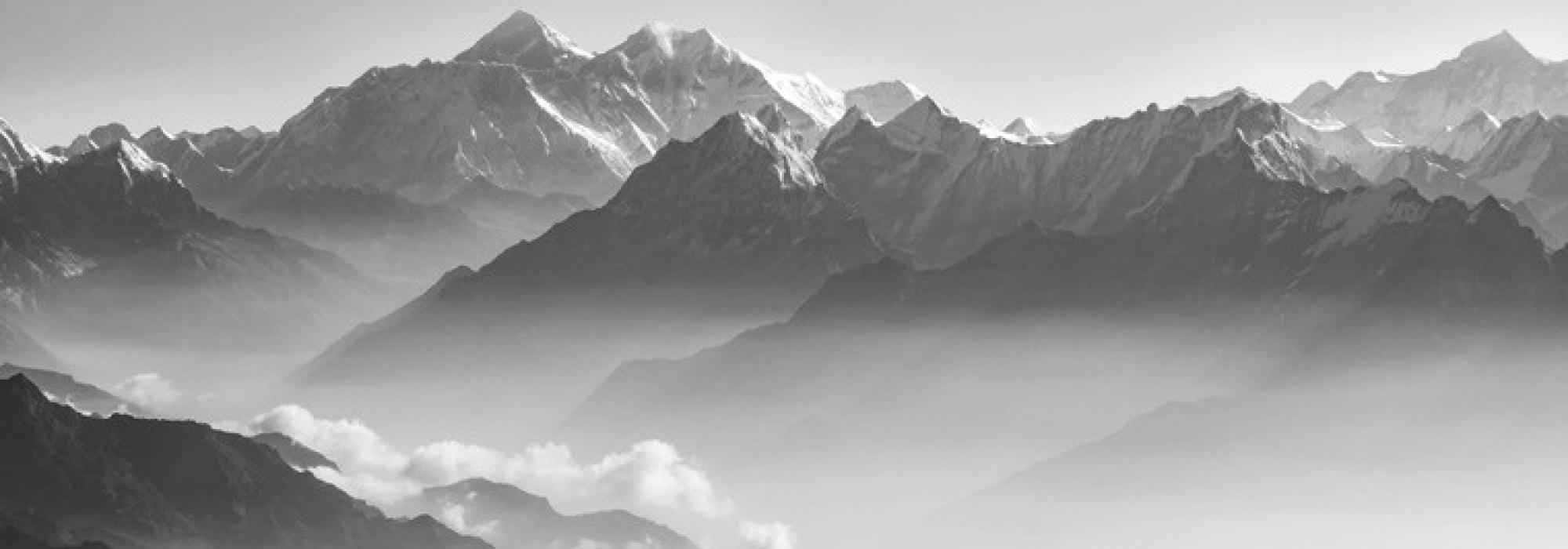The first relates to the word sampṛktau. The poet has preferred the rather rare word sampṛkti to the more common saṃyukti. Let us understand the nuances of these words. Sampṛkti is derived from the verbal root ‘pṛcī–samparke.’ It means union, mutuality and parity. On the other hand, the word saṃyukti simply means a merger or combination. The first evokes a feeling of compatibility and complementariness. The second does not. The union of sound and sense in literature is not a merger of two distinct entities; it is the harmonious blend of mutually compatible aspects of language. The word sampṛktau appears in a new light when we see from the perspective of poetic suggestion: form-intensive aspects such as guṇa (literary merits), rīti (style) and alaṅkāra (figures of speech) should evoke suggestions conducive to content-intensive aspects such as plot, events and characters. The events and characters in turn influence they poetic style and various figures of speech. Such is the mutual compatibility suggested by the word sampṛktau.
The second path that Kālidāsa has chosen to indicate inseparability is through Śiva and Pārvatī. The union of this ‘primordial couple’ is not brought about by an external cause; it is unconditional. In one word, it is alaukika. Śiva and Pārvatī won each other’s love by individual tapas and that is why their union is the ideal for all couples. In relation to poetry, this suggests that the absolute merger of sound and sense, form and content is the highest ideal that a poem should strive to achieve. Descriptions should bring alive the storyline; the story in turn should bolster descriptions. This is mutual tapas in poetry. Further, to say that a husband and wife are so understanding of one another that they are intermingled as one, is to speak figuratively. However, in the case of Śiva and Pārvatī, this statement turns into truth. Akin to poetic suggestion that emerges from literal meaning, it is distinct and definite.
The third aspect of beauty in this verse lies in the word ‘pitarau.’ It is an ekaśeṣa compound signifying both the father and mother (mātā ca pitā ca pitarau). This word readily suggests that Śiva and Pārvatī are one though they appear each separately. We can only marvel at the poet’s talent in using such an apt word.
In sum, Kālidāsa has given valuable insights into literary aesthetics through this small verse that points at the ultimate harmony of form and content in poetry.
In the third verse of Raghuvaṃśa, Kālidāsa humbly submits that he is composing the poem to gain fame as a good poet. Scholars of literary theory subsequently used this idea in their works and declared that one writes poetry to gain fame – kāvyaṃ yaśase. The poet further says that he is setting out on the arduous journey of poetic composition emboldened by the works of his predecessors. To his mind, their anugraha makes his work possible. This stance makes it clear that erudition—in this case, a close study of the works of past masters—is essential to poetry, coming next only to inherent artistic talent. All aestheticians agree on this fact. Kālidāsa has described the loftiness of his theme in four verses (1.5–8). As we have seen, this is exactly how Vālmīki and Vyāsa present their stories. Kālidāsa is inspired by them.
In the next few verses, we meet the poet when he is most modest. Modesty is one of the virtues that all poets should possess. However, it should emerge as a natural expression of the poet’s honest feeling. It should never stand out. It must be darśana and not pradarśana. This is possible when the poet is open to criticism. That Kālidāsa certainly is. He wants critics to use their discretion to test his poem, as goldsmiths test gold by subjecting it to fire:
तं सन्तः श्रोतुमर्हन्ति सदसद्व्यक्तिहेतवः।
हेम्नः संलक्ष्यते ह्यग्नौ विशुद्धिः श्यामिकापि वा॥ (१.१०)
It is fair to say that later-day aestheticians have taken this as a model in detailing the virtues and blemishes of poetry.
Later in the poem Kālidāsa describes the happy time that Rāma and Sītā spent in Ayodhyā after returning from the forest:
तयोर्यथाप्रार्थितमिन्द्रियार्था-
नासेदुषोः सद्मसु चित्रवत्सु।
प्राप्तानि दुःखान्यपि दण्डकेषु
सञ्चिन्त्यमानानि सुखान्यभूवन् ॥ (१४.२५)
Rāma and Sītā had attained everything they had desired. Strolling through mansions adorned by paintings, they remembered the ordeals that befell them in the forest. Those memories did not make them sad but instead brought happiness.
Mallinātha has made some insightful observations in commenting on this verse. According to him, there were pictures in the mansion of various episodes from the time that Rāma and Sītā spent in the forest. Among them were paintings that depicted Sītā’s abduction, Rāma’s lament, his search for Sītā, and so on. When Rāma and Sītā looked at these and mulled over the episodes once again, they were neither sad nor disturbed; instead, they were happy.
To be continued.
















































